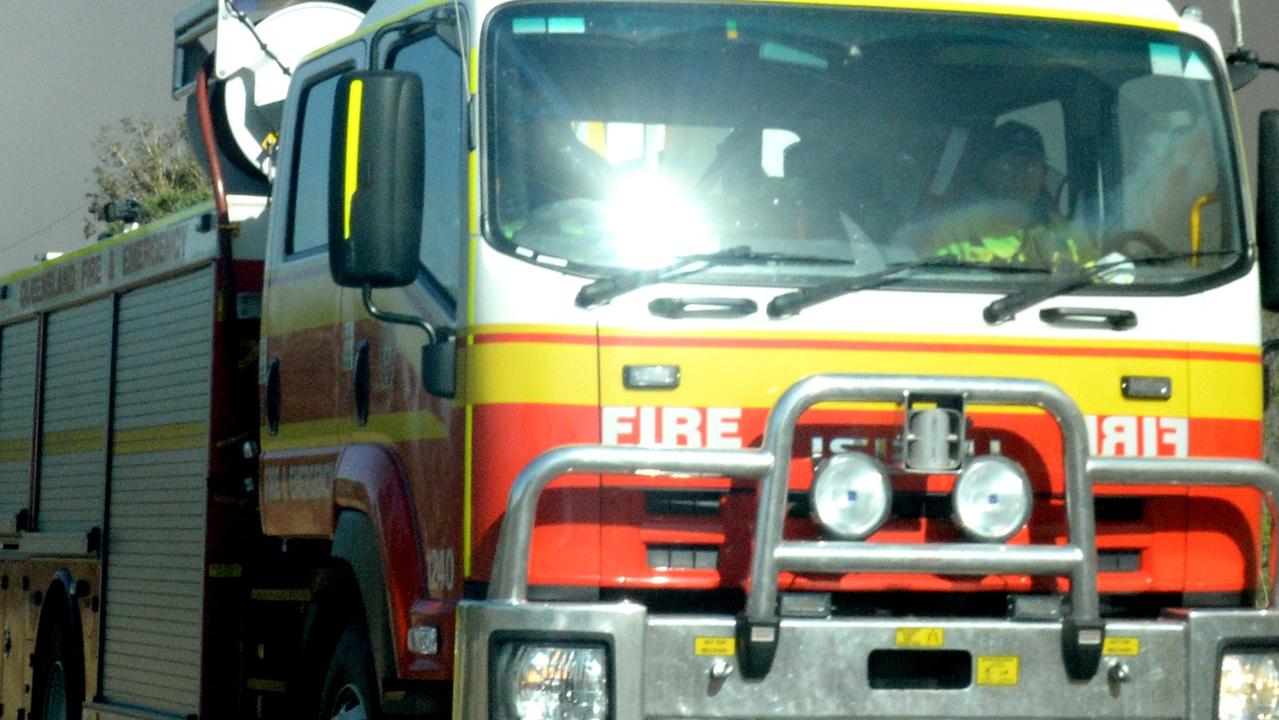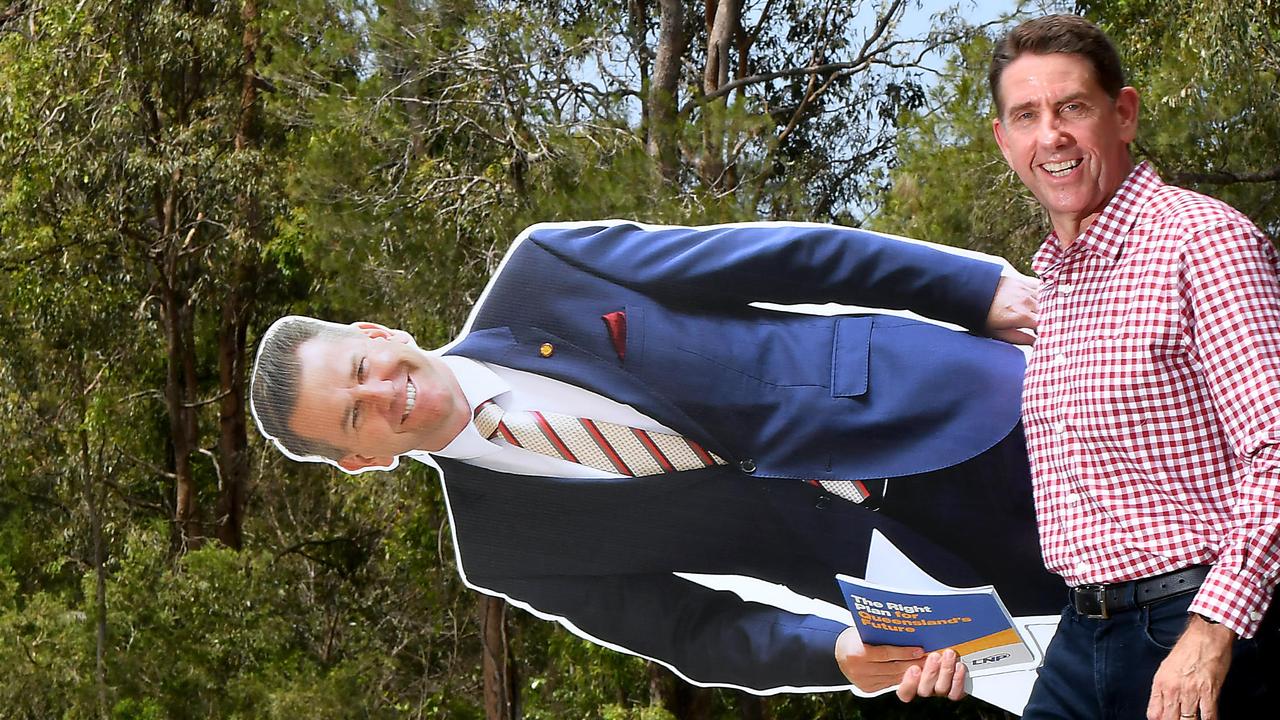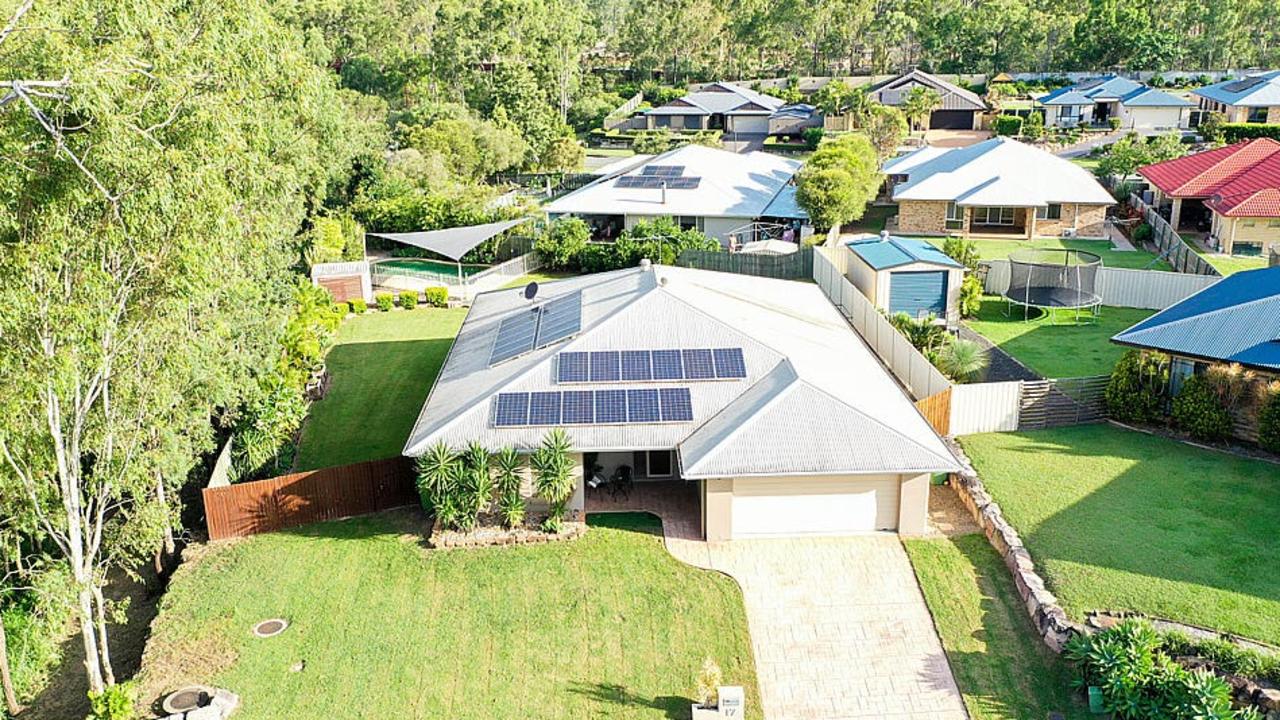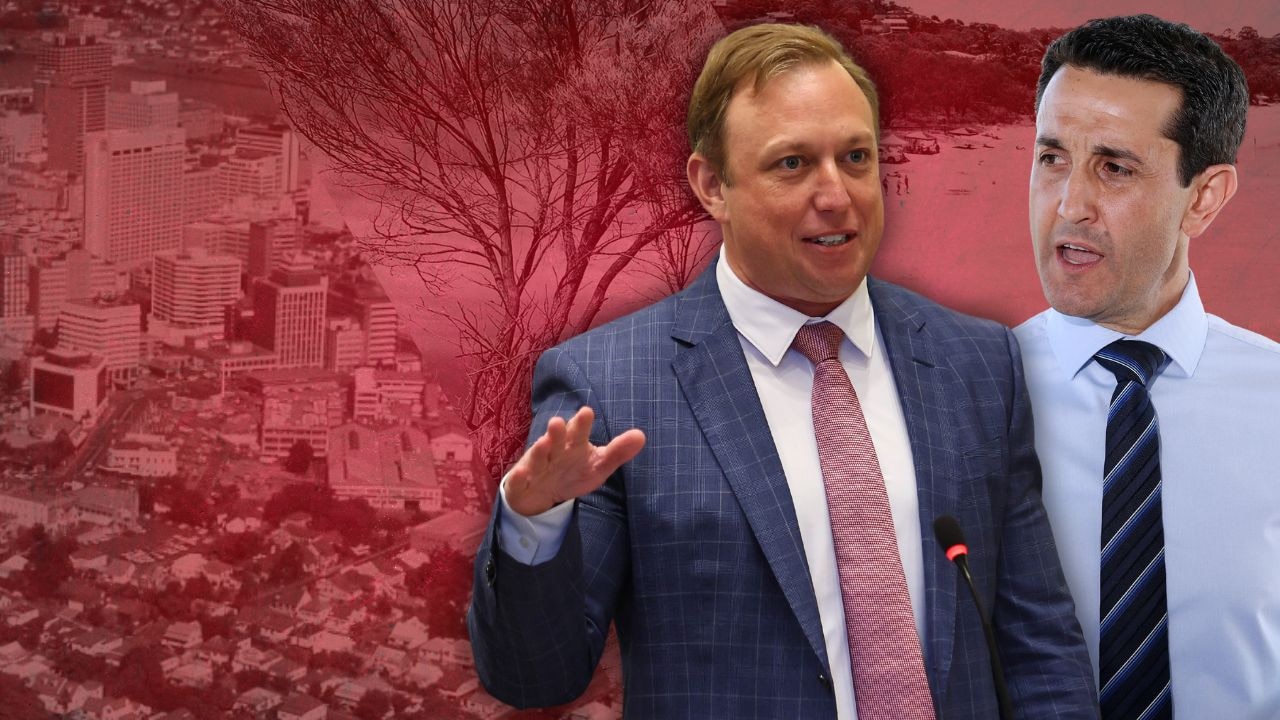When life was a ball at the National Hall
Venue opened with patriotic concert.
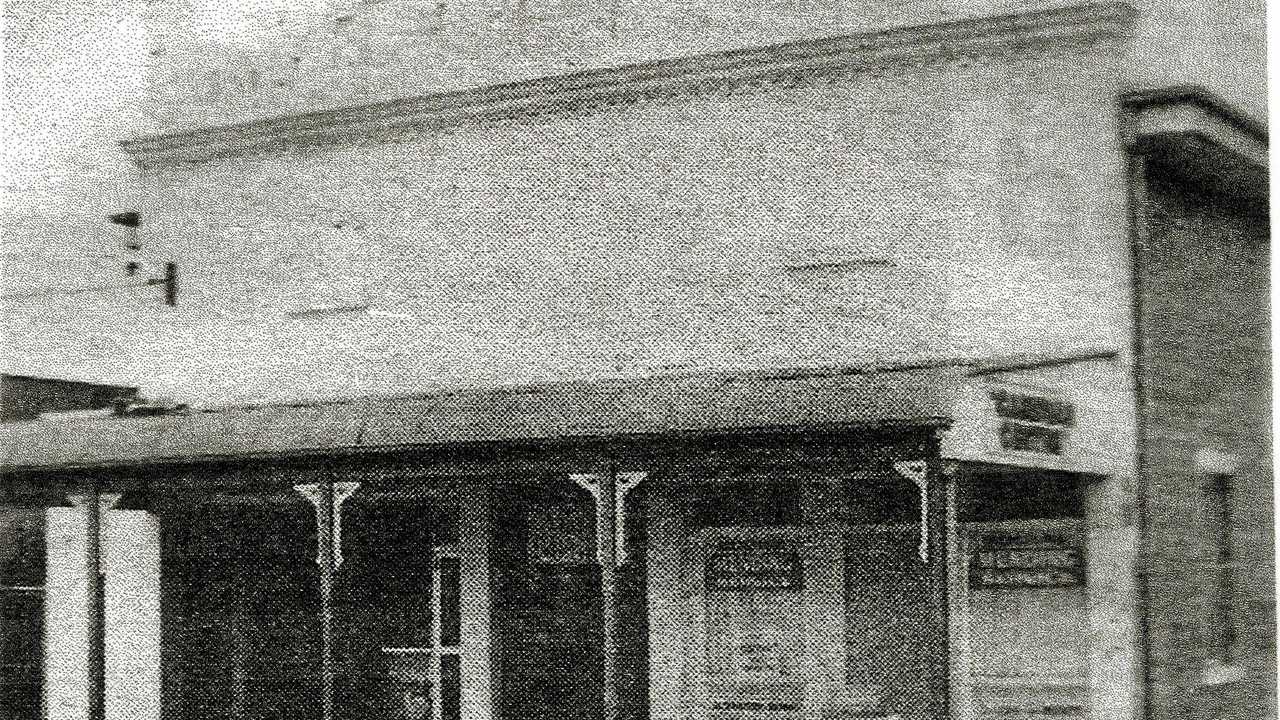
Ipswich
Don't miss out on the headlines from Ipswich. Followed categories will be added to My News.
THE second section of the Brisbane Valley railway connecting Brisbane with the picturesque little town of Eskwas opened in August 1886 by . mnister for public works W. Miles with the usual formalities.
The day was all that could be desired and the train which left town at 9.30am carried a fair number of passengers, most of whom had received invitations to be present at the opening ceremony.
Upon arrival at Ipswich, so great was the crowd of the intending travellers assembled on the platform that the carrying capacity of the 10 carriages were taxed to their utmost, which necessitated the use of two locomotives.
It was estimated that there were at least 500 persons in the train.
This was the commencement of a write-up in The Queenslander newspaper on August 14, 1886. And it continued that The Lockyer Creek district had excellent grazing land while the scrub country was occupied by numbers of German settlers.
This second section of the railway line, 21 miles in length was commenced in June 1884 at a total cost of 49,000 pounds.
The steepest gradients are one-in-50 while the sharpest curve is a five-chain radius.
Three stations have been constructed namely Tarapa, Belle Vue and Buaraba.
A steel bridge spans the Lockyer by one steel lattice girder of 100ft and the approaches at each end are of timber.
The total distance from Ipswich to Esk is 43 miles and for the present it is proposed to run one train daily each way, a second train being run daily between Ipswich and Fernvale.
On arrival at Esk, chairman of the Esk divisional board J.H. McConnel greeted government representative Mr Miles and other guests.
In his reply, Mr Miles expressed the great pleasure it gave him to be present at the opening of the line and then declared the second section of the Brisbane Valley railway open to public traffic.
It was mentioned at the banquet for 70 guests, held in the school of arts, that there was at that time 1460 miles of railway open in Queensland and that 1,400,000 people had, during the year 1885, been conveyed by railways.
No one had been killed.
At 5.30pm, the train commenced its return to Brisbane which was reached at 9.49pm. Fifteen minutes had been spent in Ipswich so that travellers from Ipswich could de-train.
NATIONAL HALL
The National Hall at Booval was officially opened on December 5, 1914, with a patriotic concert and dance organised by the West Moreton Country District Cricket Association.
The hall was erected as a community gesture by E.J.L. Easton who became mayor of Ipswich in 1919.
He was the owner of the home Buttonville at Booval.
The hall had been designed by architect Henry Wyman and was built by Messrs Worley and WhiteheadCuthberts had installed the plumbing.
Within a few months of its opening, the National Picture Company was showing silent films every Wednesday and Saturday nights.
In 1917, the National Hall was purchased by the Queensland Colliery employees Union which continued to operate it as a picture theatre and dance hall. QCEU president Charles (Digger) Murphy said the union extended the hall in 1937 and offices were built at the rear.
The official opening of the new improvements took place in October 1937.
Many successful balls were held in the hall in the 1930s and '40s.
And later the union leased the building to Albert Poole and to a Mr Verrall.
In 1956/57 the Black Diamond theatre group staged plays and revues there.
Indoor basketball was another of the events which took place in the hall.
The building was again renovated in 1979 and in 1983 was sold to the Blackstone/Ipswich Cambrian Choir and became known as the Cambrian Hall.
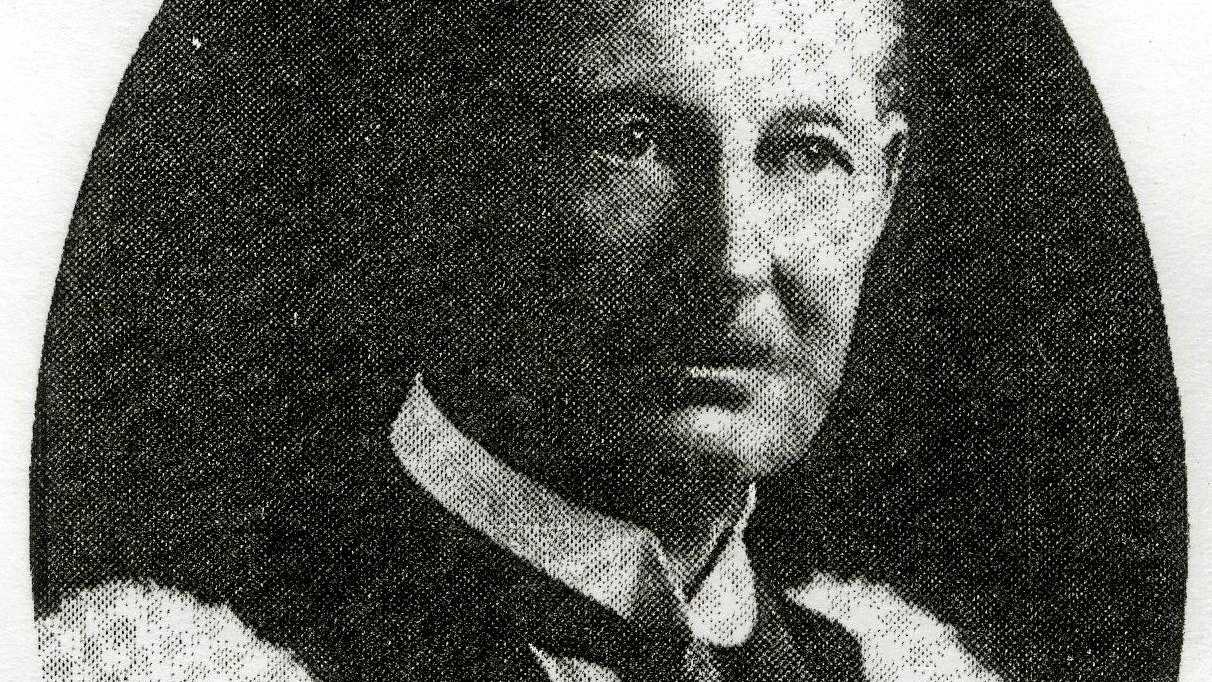
REAL ESTATE
Fifty first class allotments were for sale in June 1886 in the Home Rule Estate at Woodend.
This area that was formerly known as Panton's Cotton Plantation was just opposite the railway workshops and was quite close to the proposed new bridge between Woodend and Brassall.
Half the allotments had double frontages to Parnell and Panton Sts, Parnell and Davitt and Davitt and Hume Sts.
The brick and stone business premises at the corner of Bremer and Wharf Streets Ipswich was for sale in June 1885.
It was 120ft long x 30ft wide and had a cellar the full length of the building which can hold 1000 tons of merchandise.
The building was under lease to Mr Melvin who carried on the manufacturing of confectionery and a saw mill business.
This property was advertised as: "Being close to the site of the new bridge soon to be erected at East St over the Bremer River which would connect north and south Ipswich for general traffic."
Originally published as When life was a ball at the National Hall

